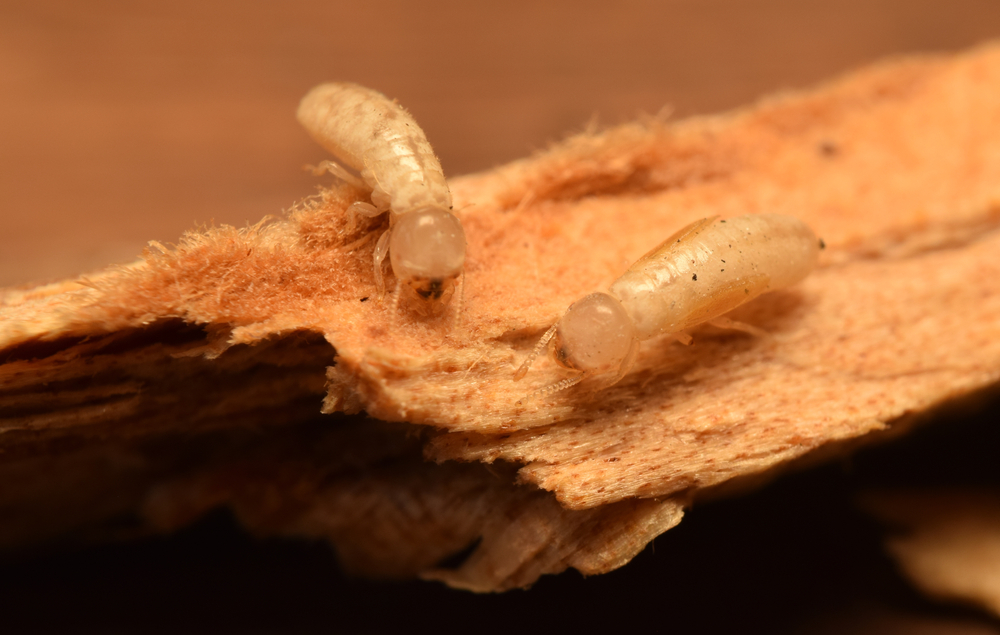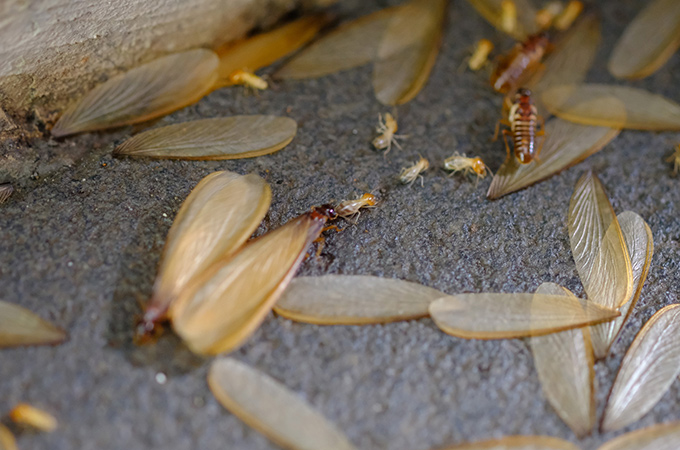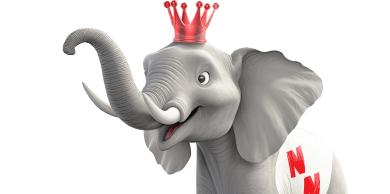Termites are one of the most destructive pests we have here in South Florida, with their ability to lurk around your house unseen and silently cause damage from within. One of these particularly dangerous creepers is the drywood termite. Treating a house for termites is a bit more involved than other pests and depending on the size of the infestation, heat or fumigation needs to be used to eliminate termites. So to avoid a full-blown infestation, let’s learn about drywood termites, and how to identify, and prevent them.
Drywood Termites: The Basics
Drywood termites are a type of termite that infests and lives entirely within dry, undecayed wood above ground, as opposed to underground in soil like other kinds of termites. They can infest the wooden areas of your house like attics, eaves, and roofs, and also smaller items like furniture, picture frames, stair banisters, or cabinets.
Drywood termites are about 1/4 inch to 1 inch long, with three separate castes within their colonies; reproductives, workers, and soldiers. The reproductives are known as the winged swarmers, which have two pairs of equal-length wings with a complex veined pattern on the outer part of the front wing. Winged termites can sometimes be confused with winged ants, so check out our guide to tell the difference. Workers and soldiers don’t have wings but instead focus on foraging, feeding, and defending against predators. The colors will also vary depending on the cast, typically a yellowish, gray, cream, or brown color.
Termites can cause not just structural damage, but physical and mental stress as well. Drywood termite droppings contain allergens that can trigger allergic reactions or asthma attacks. While termites won’t bite humans, their presence can be highly stressful while considering treatment, costly repairs, and the possible decreased property value of your home.

Drywood Termite Behaviors
One of the main ways to identify a termite infestation is by spotting them during their swarming season. This is the time when termites leave their mature colonies to pair off, mate, and attempt to establish new colonies. Drywood termites swarm from March to August with peak activity in May and June. You can see them flying in large groups near light sources, especially on warm, sunny days after a sudden rise in temperature. You can also find their discarded wings near windows, doors, or other entry points. Finally, you might see small piles of hexagonal fecal pellets (frass) that resemble sawdust or coffee grounds. These are all signs that you have an underlying termite problem and should call a pest control professional to do an inspection.
They do not make mud tubes like subterranean termites, and they can live entirely within the wood they infest and do not need to have contact with soil. You might find “kick-out holes” on the surface of wood where they push out their frass. They also don’t need a lot of water and can survive off the moisture found within the wood they consume.
Here are some quick tips for how to spot a drywood termite:
- Finding frass in small piles around something wooden
- Seeing small, round holes (about 1/16 inch in diameter) on the surface of wood
- Seeing discarded wings near windows or doors
- Seeing damaged or hollow wood that is blistered, bubbled, or cracked
Here are some common locations where you might find drywood termites:
- Attics and roofs
- Window and door frames
- In wooden objects and furniture, especially antique furniture
- Exterior wooden structures like fences, decks, and siding
- Structural timbers like wall studs, floor and ceiling joists, and support beams

How to Get Rid of & Prevent Drywood Termites
If you see any of the signs listed above, contact a pest control professional right away. They will execute a full inspection to assess the extent of the infestation. If it’s a small, localized issue, a spot treatment may be enough to get rid of the problem. They can also access the interior and exterior of your house looking for and sealing entry points. If it’s a larger issue, fumigation or heat will have to be used to kill the existing termites.
To make sure your house is protected against termites, follow these steps:
- Eliminate moisture issues: Repair leaks, ensure proper drainage, and maintain good ventilation to reduce moisture, especially in basements, attics, and crawl spaces.
- Review the exterior of your house and seal entry points like cracks in the foundation, walls, and gaps around windows and doors.
- Protect exposed wood by painting, staining, or sealing exterior wooden surfaces.
- Have a pest control professional do an inspection at least once a year to monitor any signs of termite activity.
When it comes to termites, the best treatment is prevention, so make it a goal to be diligent and educate yourself about the signs of termites. Don’t let termites stress you out–At Nozzle Nolen we’re always here to help, so reach out if you have any questions or concerns!




